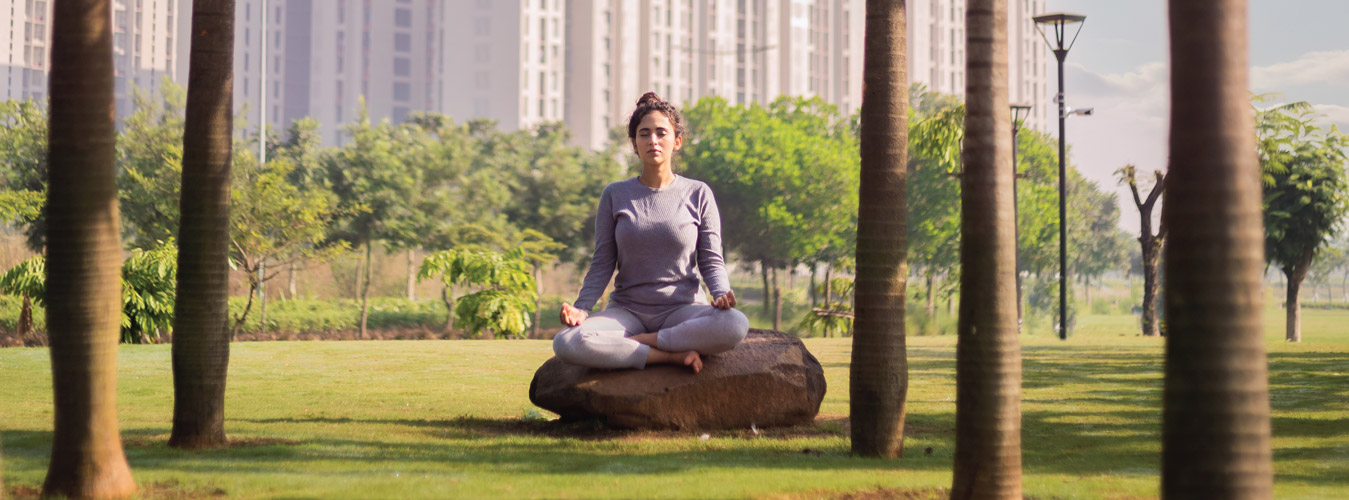Across the globe, rising temperatures are disrupting ecosystems, altering weather patterns, and impacting daily life. Since 2010, the planet has experienced the hottest years on record, with global surface temperatures rising 0.86 degrees Celsius above the 20th century average of 13.9 degrees Celsius by 2022. While these numbers may seem small, their consequences are anything but—leading to more frequent and intense heatwaves, severe storms, rising sea levels, and disruptions in biodiversity.
India, home to over 1.4 billion people, faces the dual challenge of rapid urbanization and climate change. The country’s cities are expanding at a breakneck pace, leading to increased energy demands, particularly for cooling in densely populated urban areas. The need for innovative, sustainable urban planning has never been more urgent.
Palava City, developed by Lodha, stands out as a pioneering example of sustainable urbanization in India. From its inception, Palava was designed to tackle environmental challenges head-on as a result of Lodha’s focus on sustainability. Sustainability isn’t just an add-on—it’s woven into the city’s DNA, shaping everything from infrastructure to daily life.
Key Achievements in Climate Resilience at Palava:
- Cooler Microclimate: A 2023 study by RMI, the globally renowned institute, found that Palava’s maximum land surface temperature is 3 degrees Celsius cooler than Kalyan-Dombivli and 2 degrees lower than the temperature in Mumbai. This cooler environment significantly improves comfort levels for residents and reduces energy consumption.
- Improved Air Quality: Palava’s AQI remains below 100 for 96% of the year (350 days), far better than Mumbai, which achieves this only 213 days annually. This translates to healthier living conditions, with lower risks of respiratory and cardiovascular diseases.
Palava employs cutting-edge passive design strategies and thoughtful urban planning to enhance sustainability and reduce energy dependency, such as:
Use of Reflective Materials and Paint: Buildings are coated with high Solar Reflective Index (SRI) paints and materials on roofs and exteriors. These reflective surfaces play a crucial role in minimizing heat absorption, effectively reducing the urban heat island effect. This not only lowers outdoor temperatures but also ensures indoor spaces remain cooler naturally. The result is a significant reduction in the need for energy-intensive air conditioning, leading to lower energy consumption and enhanced sustainability.
Moreover, these reflective materials contribute to more comfortable public spaces, particularly during evening hours when the sun’s heat typically lingers. By reflecting solar radiation throughout the day, the city’s infrastructure ensures a more pleasant environment after sunset, promoting outdoor activities and community engagement in cooler and more comfortable settings.
Urban Design and Layout and efficient design: The city’s layout is meticulously planned to harness natural ventilation. By orienting buildings and internal roads and public to optimize airflow and reduce heat trapping, Palava enhances thermal comfort. Courtyards, open spaces, and tree-lined streets create shaded, cooler micro-environments.
The orientation of towers and careful consideration of window-to-wall ratios promote cross-ventilation, reducing the need for artificial cooling. Energy-efficient glass and shaded windows further improve energy efficiency.
Expansive Green cover
One of Palava’s standout features is its extensive green cover. With over 32,000 trees spanning 120 species, along with a variety of shrubs, grasses, and palms, the city offers a lush, cooling landscape. These green spaces are not merely decorative; they play a crucial role in reducing ambient temperatures, improving air quality, and enhancing biodiversity. Palava’s parks and green corridors not only provide recreational spaces but also act as carbon sinks, absorbing CO2 and releasing oxygen. Tree canopies provide shade, reduce heat absorption by the ground, and create cooler outdoor environments.
With a population exceeding 200,000, Palava serves as a real-time laboratory for sustainable urban development. Continuous data collection on energy usage, air quality, and resident feedback allows the city to adapt and improve its practices.
In a world grappling with climate change, Palava City offers a vision of what sustainable urban living can achieve. Its meticulously implemented design principles, honed over the past 15 years, underscore the powerful impact of thoughtful urban planning. Palava demonstrates that sustainability and urban growth can coexist, fostering a vibrant, resilient community for future generations. By embedding environmental responsibility at its core, Palava not only elevates the well-being of its residents but also contributes meaningfully to global climate solutions. As cities worldwide seek effective responses to rising temperatures and environmental pressures, Palava stands as a model of innovation and hope. More than just a residential hub, it embodies a commitment to improving lives and shaping a sustainable future for our planet.
Palava City is not just a place to live; it serves as a blueprint of sustainability for an otherwise warming world.
#SmallnumbersBigImpact

